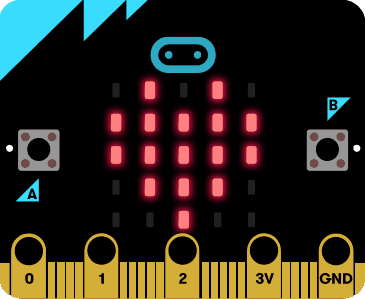Week 3 - Design Based Thinking
- Eva Kostopoulos
- Mar 6, 2023
- 2 min read
Updated: Apr 12, 2023
Initially, through teaching a design based thinking approach to students, it overall enables them to focus on the possibility of innovation, taking the result as the guidance with divergent thinking and optimistically facing the future with a free and positive attitude to realise innovation (Meina et al., 2021). The program SketchUp is a 3D modelling software which further fosters this idea of design based thinking. To function through SketchUp, the commands and tools are basic and user-friendly, allowing for endless 3D models to be edited and created.
(SketchUp School, 2022)
Fostering Creativity in the Classroom:
Engaging with such an advanced technology allows students to learn and engage from a number of subjects, such as science and mathematics. SketchUp relates to a number of the NSW Education Standards Authority (NESA) syllabus outcomes. More specifically, to the 2D and 3D spatial structure in Stage 1 Mathematics; recognises, describes and represents shapes including quadrilaterals and other common polygons (MA1-2DS-01) as well as the recognises, describes and represents familiar three-dimensional objects (MA1-3DS-01), (NESA, 2022).
Further, an experiment observed by Singer and Shafer (2018) found that SketchUp could be fostered into teaching mathematics to Kindergarteners. The target goal for the students was to 'identify two-dimensional shapes and three-dimensional solids' as well as 'using accurate vocabulary when discussing and creating models' (Singer and Shafer, 2018). By allowing the students to slowly progress into modelling, Singer and Shafer (2018) had found in the reflection that the students were 'extremely precise' and noticed 'instances of spatial reasoning that you would not expect from kindergarteners'.


Images from Eva Kostopoulos on SketchUp
Pedagogical Critiques:
When used correctly, SketchUp is an efficient program to satisfy the needs that it provides to an extent. However, there are some barriers it holds to some users. For one, the overall accessibility to technology for some schools may be a major issue to obtain devices to use off of. Further, within the software, it is quite basic which would be ideal for the target audience of primary students but may be less appropriate for higher school students who may require detailed and complex models. Finally, the file formats that are exported off of SketchUp are unique to the software which limits compatibility when collaborating with others who may use a different software.
References:
Meina, W., Fan, W., Kaining, M., & Yang, L. (2021). A Probe into Cultivation Path of Students’ Ability in Innovative Digital Technology Design Based on Design Thinking. E3S Web of Conferences, 236, 05075. https://doi.org/10.1051/e3sconf/202123605075
NSW Education Standards Authority (NESA). (2022). Mathematics K-10 syllabus. NSW Education Standards Authority (NESA). https://curriculum.nsw.edu.au/learning-areas/mathematics/mathematics-k-10-2022
SketchUp School. (2022). How to Model a House in SketchUp Free (10 Easy Steps). YouTube. https://youtu.be/LXpXVAgRLV0
Singer, B., & Shafer, K. G. (2018). Exploring spatial reasoning with sketchup make. Teaching Children Mathematics, 25(1), 46–52. https://doi.org/10.5951/teacchilmath.25.1.0046



Great blog post Eva!
I really enjoyed reading your blog post on Design based thinking as it was visually appealing and easy to navigate. I appreciate how you explicitly provided links with the syllabus that explain how SketchUp can be used to explain class content. You have provided a thorough and great pedagogical critique which explains the limitations of SketchUp. This is really useful for teachers.
I really would have liked to see an explanation on how to use SketchUp as I believe this is important and useful for teachers. I also would have liked to see some images of the 3D print of your sketch in order to have an understanding of how the final product looks.
Overall you…
Wow, Eva, what a great post!
I like how you think it showed how it relates to specific outcomes
Her ability to write, inspire, and educate is fantastic :)
I liked it best when you called SketchUp, an efficient program that somewhat meets a need. For one thing, general accessibility to technology can be a big problem for some schools to get the equipment. Additionally, the software within the software is straightforward and ideal for elementary school audiences. Still, it may need to be better suited for high school students who want detailed and complex models. Finally, file formats exported from SketchUp are software-specific, limiting compatibility when collaborating with others using different software.
However I feel like you have focused…